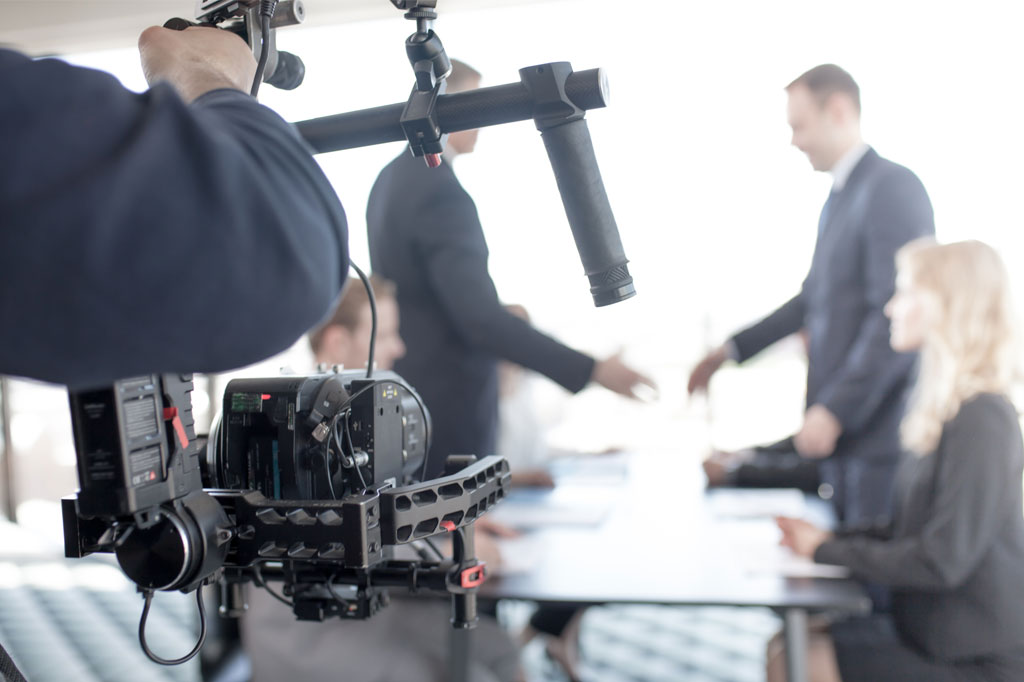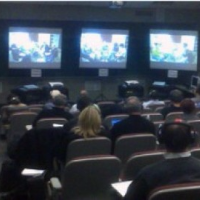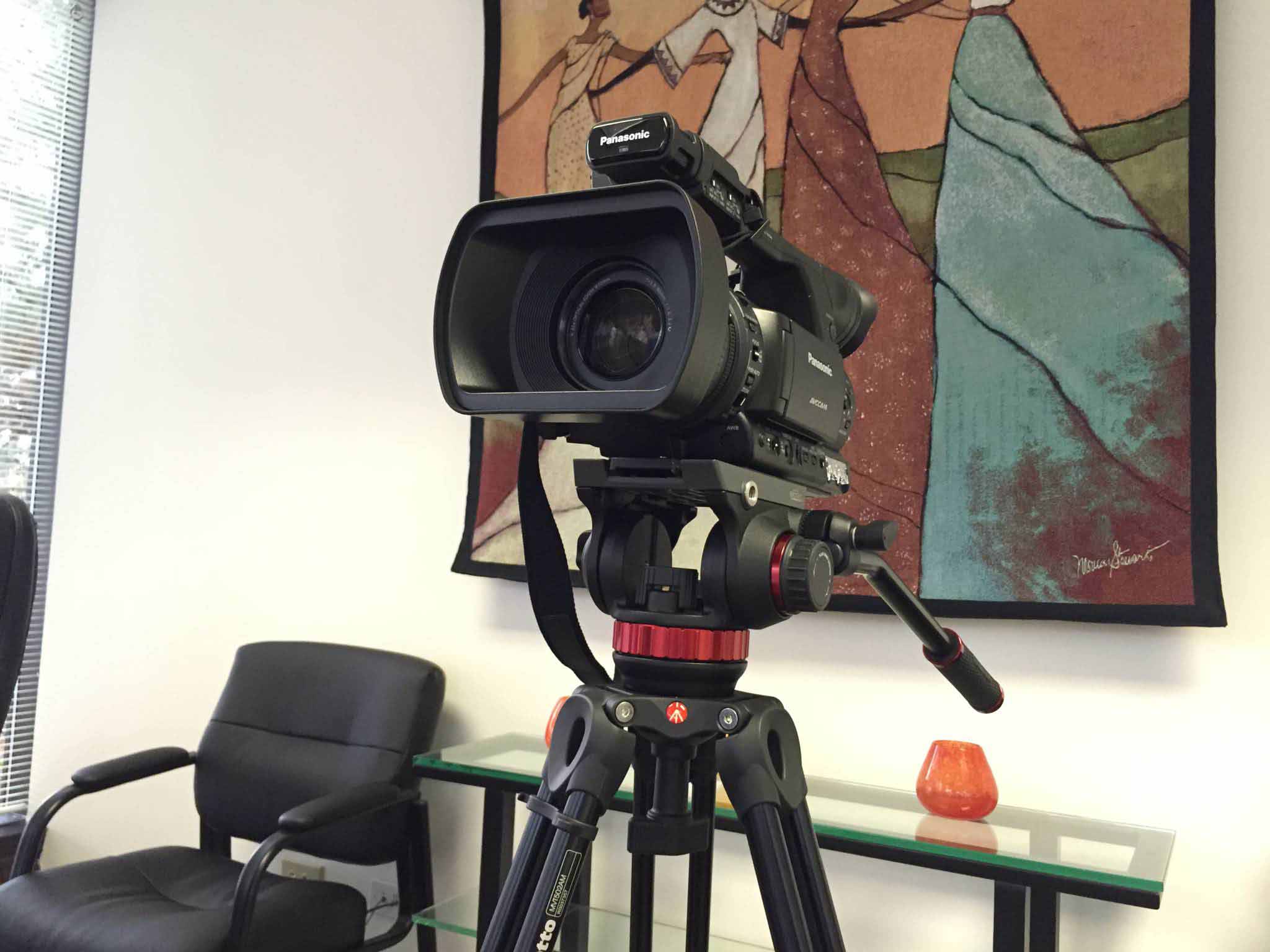What Makes Legal Videography Essential for Case Preparation and Strategy
Why Lawful Videography Is Critical for Accurate Court Recordings
The role of lawful videography in court room setups can not be overstated, as it offers as a crucial tool for preserving the stability of court documents. The ramifications of incorporating legal videography into conventional court room techniques elevate essential inquiries regarding its broader influence on the lawful system.
Relevance of Visual Evidence
In the realm of legal proceedings, the relevance of visual evidence can not be overstated. Visual evidence functions as a powerful tool in establishing realities, substantiating testimonies, and improving the overall quality of a situation. This type of evidence, which includes photographs, video clips, and representations, can provide a tangible context that verbal summaries commonly do not have, therefore providing courts and judges a clearer understanding of the conditions surrounding a situation.
In addition, aesthetic evidence help in the retention of information. Human cognition is inherently visual, and individuals are most likely to keep in mind and understand details offered in an aesthetic style. In the court, this can be important, as engaging visual evidence can sway point of views and strengthen the story presented by legal reps.
Furthermore, making use of aesthetic evidence can lessen misconceptions and obscurities that typically arise from verbal exchanges. By giving a direct depiction of occasions, aesthetic evidence aids to eliminate subjective interpretations and promotes a more unbiased examination of the realities. The assimilation of visual evidence into legal proceedings not only strengthens the stability of the judicial procedure yet also boosts the likelihood of achieving a simply end result.
Catching Non-Verbal Signs
Making use of innovative videography methods can considerably improve the capture of non-verbal hints throughout legal proceedings. Non-verbal communication, consisting of faces, body language, and eye contact, plays a vital duty in conveying emotions and purposes that may not be explicitly stated in verbal statement. legal videography. Lawful videography employs high-definition cameras and calculated angles to make sure that these subtle hints are recorded with clearness and accuracy
The capability to examine non-verbal habits can supply beneficial context to statements made during court sessions. A witness's reluctance or confidence can be translated via their stance or gestures, potentially affecting the jury's assumption of reputation. Moreover, using close-up shots can help concentrate on an audio speaker's expressions, enabling a more nuanced understanding of the statement.
Moreover, incorporating multiple electronic camera angles can produce a thorough sight of interactions, highlighting dynamics in between events entailed. This diverse approach not only enhances the accuracy of the court document however likewise aids in protecting the integrity of the judicial procedure - legal videography. Inevitably, recording non-verbal cues via lawful videography cultivates a richer, extra complete representation of court room procedures

Enhancing Statement Dependability
The integrity of testament can be substantially bolstered with the usage of high-grade lawful videography. Video clip recordings work as an unbiased tool that captures not only the spoken words of witnesses however likewise the subtleties of their distribution, consisting of tone, pacing, and psychological expressiveness. This complex documents offers a clearer understanding of the witness's integrity and objectives, which can be critical websites in lawful procedures.
In addition, legal videography lessens the possibility for misconceptions that might arise from created records alone. When jurors can observe a witness's behavior and body language combined with their testament, they are much better furnished to analyze the authenticity and dependability of the evidence presented. This visual context can strengthen the testimonial narrative, making it a lot more compelling and reputable.
In addition, the visibility of a video recording can deter possible incongruities in statement. Witnesses may be more mindful in their statements when they recognize they are being videotaped, bring about even more precise and honest accounts. On the whole, premium legal videography enhances the honesty of testimony, guaranteeing that the court has access to a full and sincere depiction of the facts as conveyed by the witnesses.
Supporting Appeals and Reviews
Legal videography plays an essential function in sustaining charms and testimonials by providing a comprehensive aesthetic document of court proceedings. This visual documentation catches not only the talked words of witnesses and attorneys however likewise the subtleties of body language, tone of voice, and court dynamics. Such aspects can be essential in comprehending the context of testaments and disagreements provided.
In the click here now appellate process, where the emphasis is on errors of law and step-by-step justness, a video document can act as an essential tool for appellate courts. It makes it possible for courts to evaluate the initial trial context, ensuring that choices are based on a total understanding of the procedures. The ability to visually evaluate the attitude of witnesses or the interactions in between celebrations can disclose understandings that written records might forget.

Furthermore, legal videography can assist in making clear obscurities in statements or step-by-step judgments, consequently reinforcing the basis for an allure. By supplying a dependable, objective account of what transpired in court, legal videography not just sustains the honesty of the lawful procedure yet additionally equips all parties entailed to make educated choices regarding their instances.
Enhancing Court Processes
Enhancing courtroom performance, lawful videography improves procedures by supplying prompt access to aesthetic records of proceedings. This modern technology enables courts, attorneys, and juries to review essential statement and proof, ensuring that all events have a clear understanding of the case. By recording the subtleties of verbal and non-verbal communication, videography enhances the record, making it less complicated to understand the context and weight of statements.

In addition, video recordings can facilitate remote involvement in hearings, permitting better versatility in organizing and engagement, which is particularly useful in complex instances involving multiple discover here stakeholders.
Final Thought
Finally, legal videography plays a crucial role in making certain precise court recordings by giving essential aesthetic evidence that records both verbal and non-verbal interaction. This technique improves the integrity of testaments, sustains appellate reviews, and simplifies court room processes. By fostering a detailed understanding of court room dynamics, lawful videography ultimately adds to much more fair judicial end results, reinforcing the stability of the legal system and assisting in notified decision-making.